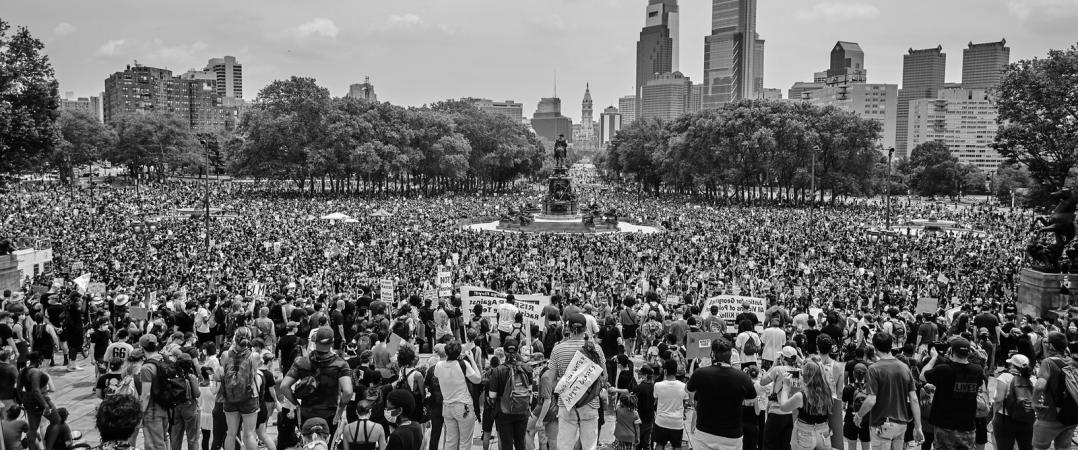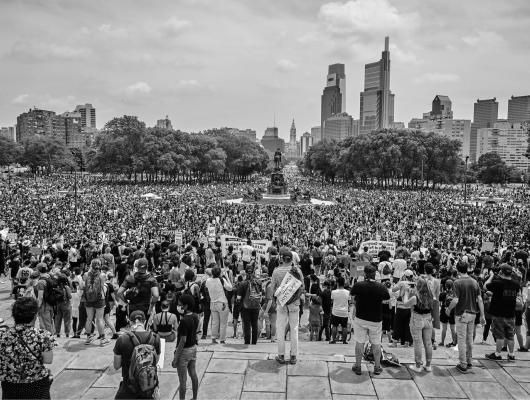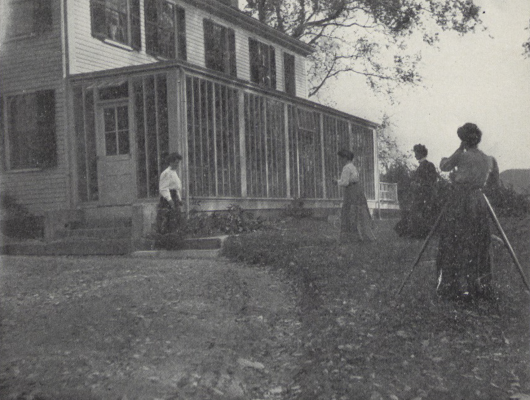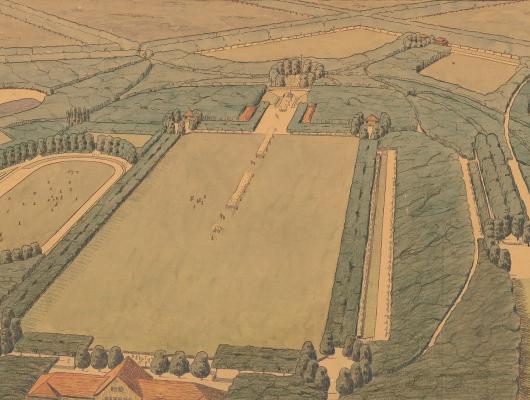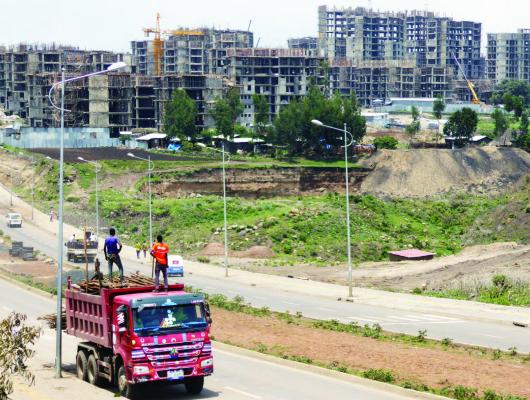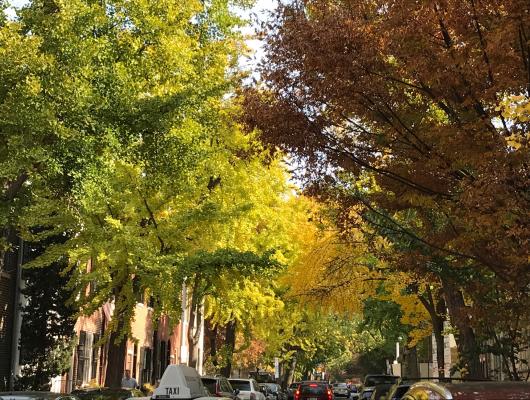Constructing the American Public Realm
The physical production of urban public realm in the United States is an endeavor unique in the world. While comparable projects elsewhere are characterized by innumerable complexities no matter where they take place, what distinguishes these enterprises in the American context is their reliance on philanthropy and private capital in the absence of public resources being made available for their pursuit. Despite the measurable positive impact of these endeavors on aspects of public health, urban biodiversity, environmental performance, and social empathy, to name but a few, there is often little appetite for publicly funding these endeavors at a scale commensurate with other economically mature polities. This comparative research considers the implications of this reliance on philanthropy and private capital as major drivers of investment into 21st century American urban public realm. (CM)
